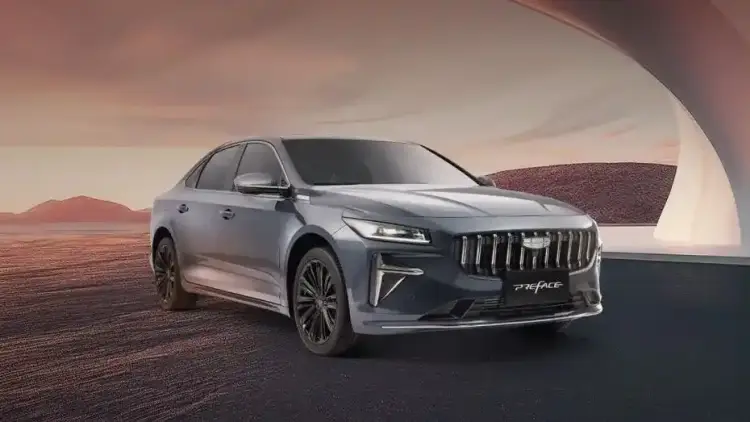- The Story of the First Car: An Ottoman Gift
- Early Challenges and Memorable Anecdotes
- Cars Arrive in Riyadh: King Abdulaziz and a New Era
- Unique Specifications of the First Car
- Social Impact of the First Car
- Cars in Mecca, the Hijaz, and Social Change
- Historical Trailblazers
- How That Shift Shaped Today
In the early 20th century, no one could have imagined that the deserts of Najd would witness the arrival of a roaring machine that would transform travel forever. But 1915 marked a turning point: the arrival of the first car in what is now Saudi Arabia. This historic moment reshaped the future of transportation, opened Saudis’ eyes to new horizons, and elevated their ambitions for a connected, modern future.

The Story of the First Car: An Ottoman Gift
The tale begins with Emir Saud bin Abdulaziz Al Rashid of Ha’il, who received a 1915 Mercedes-Benz as a gift from Ottoman Sultan Mehmed V.
The car was transported by the Najdi ambassador in Istanbul, Rasheed Al-Nasser Al-Layla, and arrived with a Turkish chauffeur.
The car was a marvel for its time: a 9.85-liter, four-cylinder engine producing 100 horsepower—mammoth specs that required lots of fuel and constant maintenance.
Early Challenges and Memorable Anecdotes
The car struck fear and wonder in Ha’il: locals called it the “iron camel” or “djinn on wheels.”
It reportedly broke down en route and had to be towed by chains for a long distance before reaching the palace.
There were no Saudi drivers yet—locals learned by carefully observing and mimicking the foreign chauffeur.

Cars Arrive in Riyadh: King Abdulaziz and a New Era
The first car to reach Riyadh was a Ford Model T, imported in 1921 by King Abdulaziz’s agent Abdullah Al-Qusaibi.
After founding the Kingdom, King Abdulaziz made the car a symbol of progress, using it for Hajj trips and regional visits.
His growing car fleet featured brands like Cadillac, Rolls-Royce, Mercedes, and Pierce Arrow. Saudi drivers were sent to Europe for training and maintenance.
The first official pilgrimage vehicle fleet was established in 1926, and companies began unifying road transport across the holy sites.
Unique Specifications of the First Car
Emir Saud bin Abdulaziz Al Rashid |
Social Impact of the First Car
The car was a cultural shock—instantly a symbol of status, wealth, and social leverage.
Journeys were cut from weeks to just hours, forever transforming travel speed and convenience.
Repair workshops sprang up quickly, and infrastructure slowly evolved from sand trails to paved roads.
These first cars drove demand for spare parts and fostered a deep local interest in mechanics and motoring.
Cars in Mecca, the Hijaz, and Social Change
Cars soon appeared in Jeddah and Mecca, where the first public use was ferrying Hajj pilgrims.
The first mechanical garages in the Hijaz developed to serve an emerging community of luxury car owners, turning cars into a symbol of prestige.
The sight of cars in holy cities was both a curiosity and a testament to Saudi Arabia’s embrace of modernity.
Historical Trailblazers
Emir Saud Al Rashid was the first car owner in the Kingdom’s heartland.
King Abdulaziz made cars a facet of public policy, modernization, and national unity.
Soon, other Saudis acquired American, German, and British vehicles, launching the country’s deep automotive passion.
How That Shift Shaped Today
Saudi Arabia now boasts millions of vehicles and one of the world’s most car-driven societies.
The passion for cars remains, with Saudi Arabia hosting major automotive shows and luxury supercar events.
The nation’s road network, once a dream, is now a cornerstone of economic progress and connectivity.
The arrival of Saudi Arabia’s first car was more than the introduction of a machine—it marked the birth of a bold new society and economy. From its spectacular debut to its deep influence on infrastructure and everyday life, that first Mercedes-Benz set a nation on the path to modernity, opportunity, and motoring passion—a legacy that continues to shape Saudi mobility to this day.












